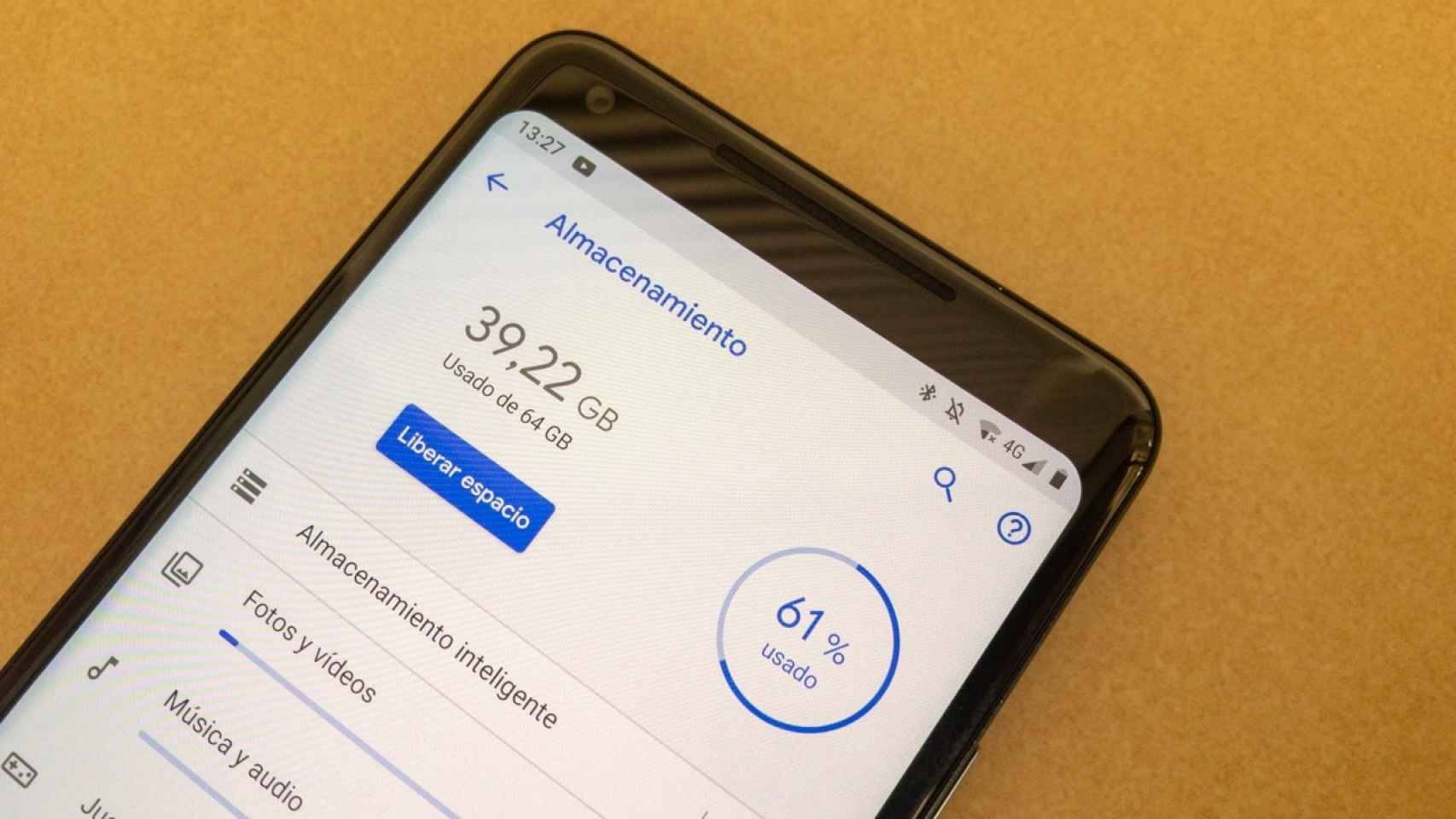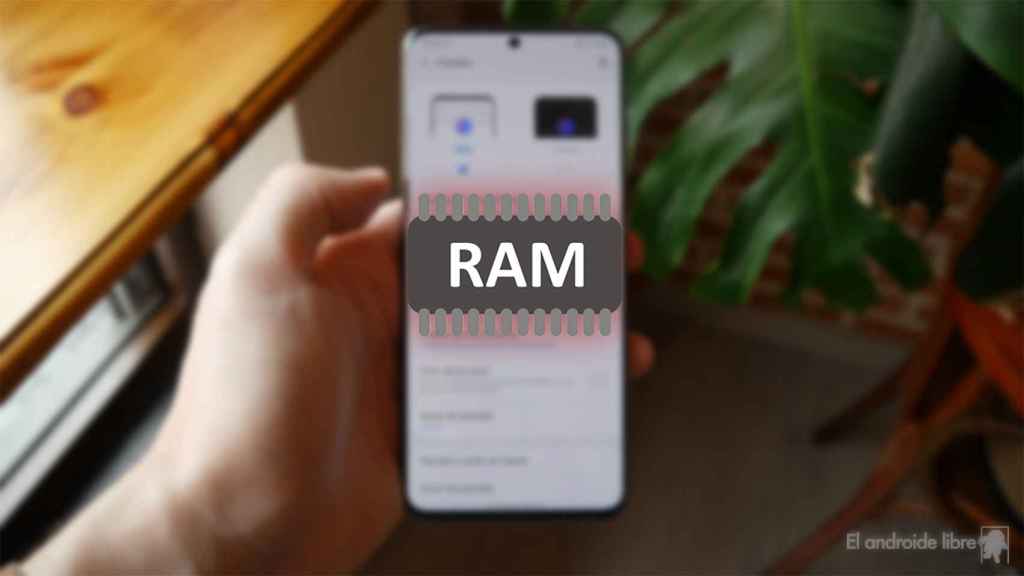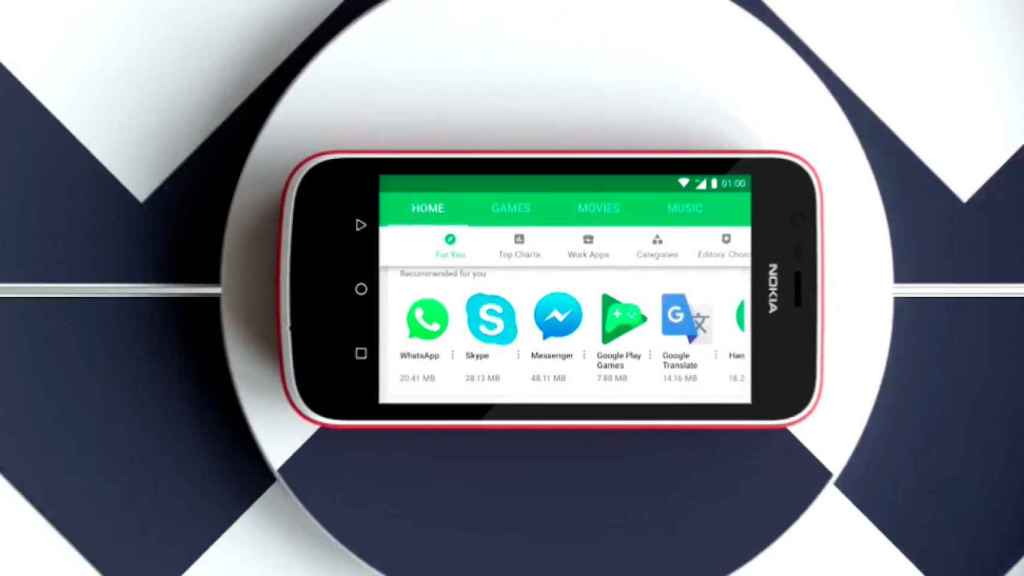The minima under Android go up, and Google has decreed that if a manufacturer wants to install the company’s services on his Android mobile, he must have at least 2 GB of RAM, among other things.
[Con Android 13, por fin vas a poder separar el trabajo de la vida personal]
This decision raises the standards of the Android market, and limits the possibilities of manufacturers for Android 13
This limit it also affects the internal storage of the phone, and, in effect, renders devices that do not meet these requirements unable to update to Android 13.
Google increases the requirements of its services from manufacturers
You will never see Android phones with less than 2 GB of RAM and 16 GB of storage, at least if they come with Google Play Services pre-installed, since Google has set these amounts as a minimum requirement for this.
Virtually all Android phones come with Google services pre-installed, and this is what keeps the operating system running and lets you access location services, among other things.
Therefore, while Google cannot limit Android as such, it does require manufacturers to comply with these requirements. if they want to be able to access Google Play.
This limit applies facing android 13so that manufacturers can still launch phones with previous versions and whose hardware is below these minimum requirements.
However, mobiles which have Android 12 GB and which have less than 2 GB of RAM or 16 GB of storage They will not be able to update to Android 13.
It’s a change that may leave out some users who won’t be able to update to the new version of Android, but it will result in a slight overall improvement in the specs of entry-level phones.











